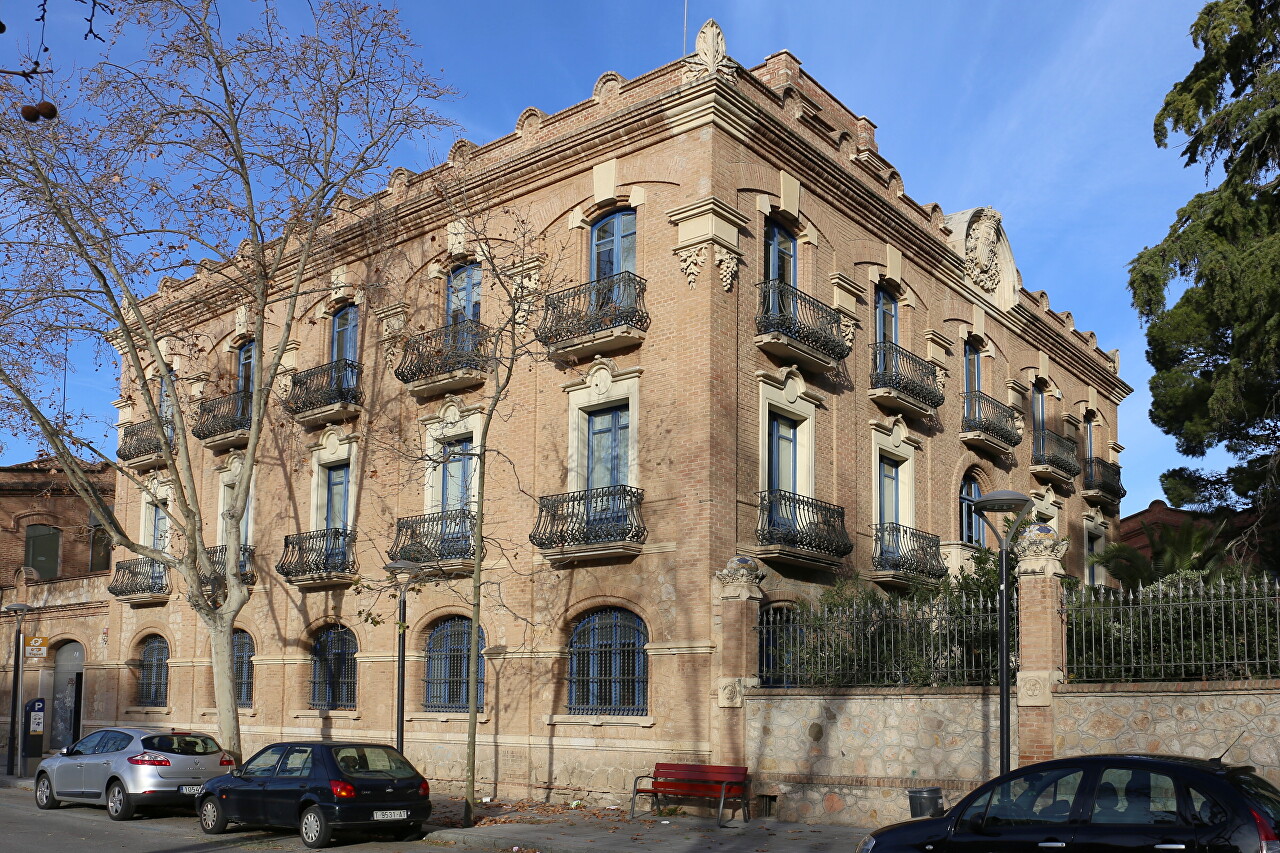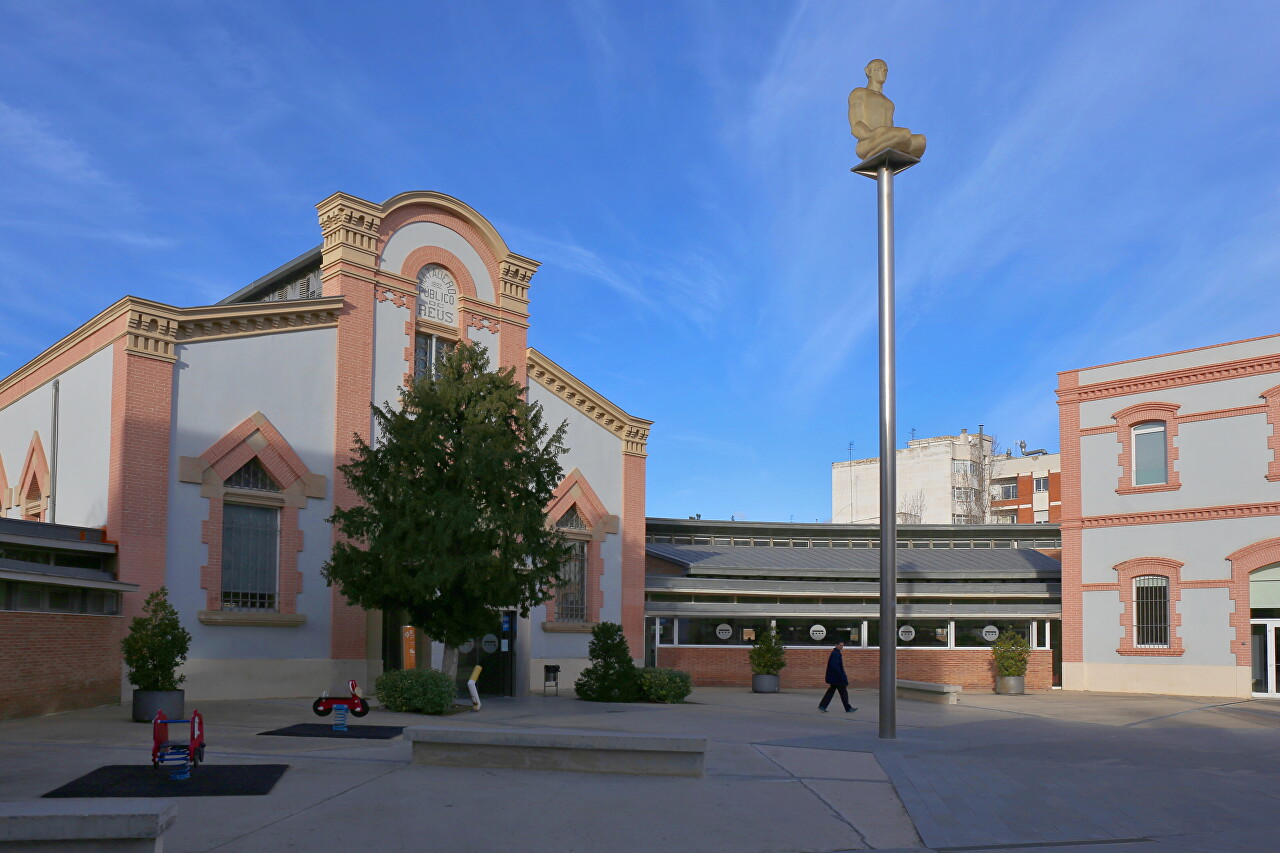Reus. Wine station (Estació Enològica) and slaughterhouse (Escorxador)
Well, in conclusion, not far from Goose Square (Plaça del Nen de les Oques), where I began my Art Nouveau route, you can visit two more architectural monuments. This is the winemaking station (Estació Enològica), one of the first institutions in Europe to deal with the production of the most important Spanish product. Such stations appeared in Spain after the crisis that hit the wine industry in the 80s of the 18th century. Due to the lack of standards, the quality of wine was very uneven, and therefore export purchases declined. By royal decree, special centers were created in the wine-growing regions, whose task was to study and classify wines, viticulture and processing methods. The result of their activities was to be a system of standards for production technology and product quality. Consultations were also held here and training was organized for winemakers so that they could maintain the quality of wine at the proper level. The wine station complex was built in 1906-1910 according to the design of Pere Caselles i Tarrats.

Behind the wine station complex is the former building of the municipal slaughterhouse (Escorxador), now the district library. Competition for construction was announced in 1884, the project was developed by Francesc Borràs, but due to financial problems the workstarted only in 1890. The construction was supervised by Pere Caselles, who made some changes to the original design. In 1893 it wasThe main building is ready, a year later the pig slaughterhouse is completed. The slaughterhouse operated until 1970.
